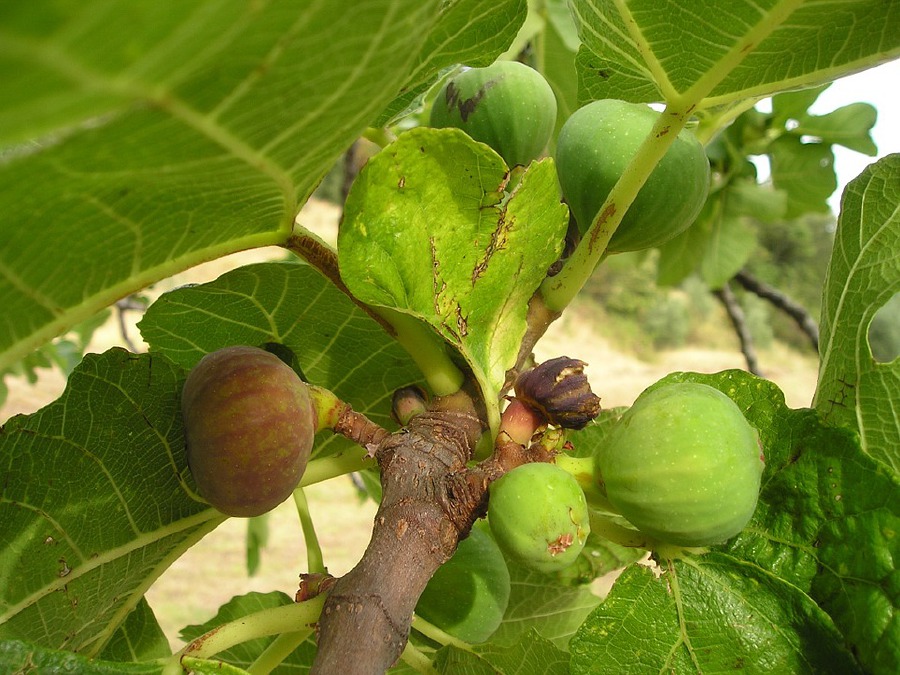- Get link
- X
- Other Apps

KOTA KINABALU: Once cultivated as feed for rhinos at the Tabin Wildlife Reserve, figs (or Ficus trees) are now being planted at the Sabah Ficus Germplasm Centre to provide sustenance for other species.
The fresh leaves of wild Ficus trees are Bornean rhinos' favourite food, but with the death of the last of the species recently, Bora found itself left with a veritable garden which could be used to feed other animals.
"We started planting and cultivating many kinds of local Ficus in Tabin in 2011 as a means to supply food to rhinos.
"With the death of the last rhinos in Sabah, we realised that we had inadvertently created a unique garden," Borneo Rhino Alliance (Bora) field manager Dr Zainal Zahari Zainuddin said in a statement today.
He said they have been experimenting with various ways of producing seedlings and it turns out that most species can be propagated vegetatively by a means referred to as marcotting.
In 2018, Bora began supplying marcots to a small number of oil palm estates where the management was interested in cultivating food plants for wild orangutans within the estates.
"Under Malaysian Sustainable Palm Oil standards, if endangered species or high biodiversity values are present in a plantation, appropriate measures for management planning and operations are required.
"This can take the form of cultivating wildlife food plants such as Ficus on riparian zones and steep areas."
Among the Ficus species planted in the Germplasm centre is Ficus macrocarpa, which can grow to a large size in swampy areas; racemosa, locally known as tangkol, a riverside native providing edible fruits to humans; crassiramea, a large strangling fig whose fruits are favoured by hornbills; minahassae, found only in eastern Sabah, Sulawesi and the Philippines; and several species that offer potential as livestock feed.
The Centre also researches propagation methods and training for interested parties.
Meanwhile, chief forestry conservator chief Datuk Mashor Mohd Jaini said about half of the land area in Sabah is forest reserve.
"Much of that is now regenerating after a long history of logging.
"The Ficus Germplasm Centre not only aims to be a store of the diversity of living fig species of Sabah but also a source of planting materials for restoration work in Forest Reserves and private landowners," he added.
- Get link
- X
- Other Apps
Comments
Post a Comment